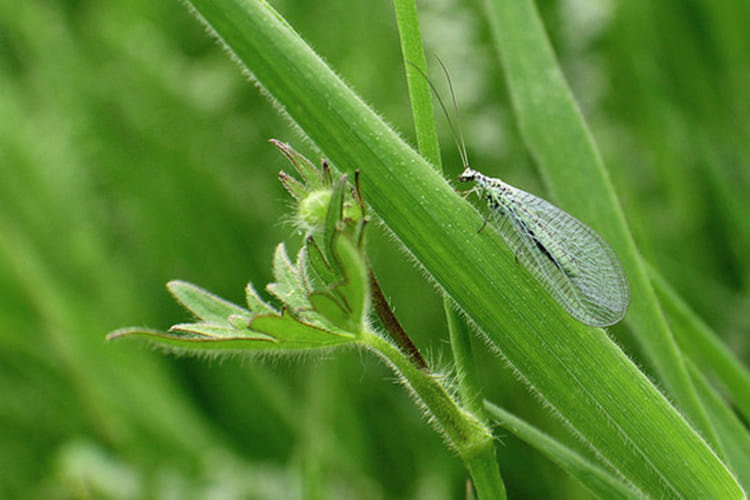Reliance on Natural Predators as Crop Protection Measure

Pests are a constant threat to agricultural and horticultural industries, and controlling them can be a challenge. However, relying on natural predators is an effective and sustainable way to protect crops from pests. This blog will discuss how to rely on natural predators as a biological pest protection measure.
- Identify the Pests Before You Can Use Natural Predators
You need to identify the pests you want to control. It is essential to know the life cycle of the pests and the conditions that favor their development. This information will help you choose the right natural predator to control pests.
- Choose the Right Predator
There are various natural predators that can control pests, including ladybugs, lacewings, parasitic wasps, and predatory mites. Each predator is specific to a particular pest, and choosing the right predator is crucial. For instance, ladybugs are excellent for controlling aphids, while parasitic wasps are suitable for controlling caterpillars.
- Release the Predators at the Right Time
The timing of the release is crucial in ensuring the effectiveness of the predators. Release the predators when the pests are present and in their vulnerable stages. This will ensure that the predators can feed on the pests and control their population.
- Provide the Right Environment for the Predators
Natural predators require a suitable environment to thrive and reproduce. Provide a suitable habitat that meets the needs of the predators. For instance, some predators prefer specific plants as their food source, while others require a particular temperature and humidity.
- Monitor the Predators and Pests
Regular monitoring is essential in determining the effectiveness of the predators in controlling pests. Keep track of the population of both the predators and pests to evaluate their impact on the crops. If the predators are not controlling the pests effectively, consider releasing more or choosing a different predator.
- Use Other Pest Control Measures
Although relying on natural predators is effective, controlling pests is not always sufficient. You may need to use other pest control measures in conjunction with natural predators, such as crop rotation, mechanical control, and biological control agents.
Conclusion Natural predators are an effective and sustainable way to control pests in agriculture and horticulture. By identifying the pests, choosing the right predator, releasing them at the right time, providing a suitable environment, monitoring the predators and pests, and using other pest control measures, you can rely on natural predators as a biological pest protection measure.
If you are a farmer or a gardener start using Natural predators to demolish pests and join the movement towards a more sustainable and healthier planet. Call us now at +91 9830720311, +91 8336977770, or email at info@indochemagrovet.com

